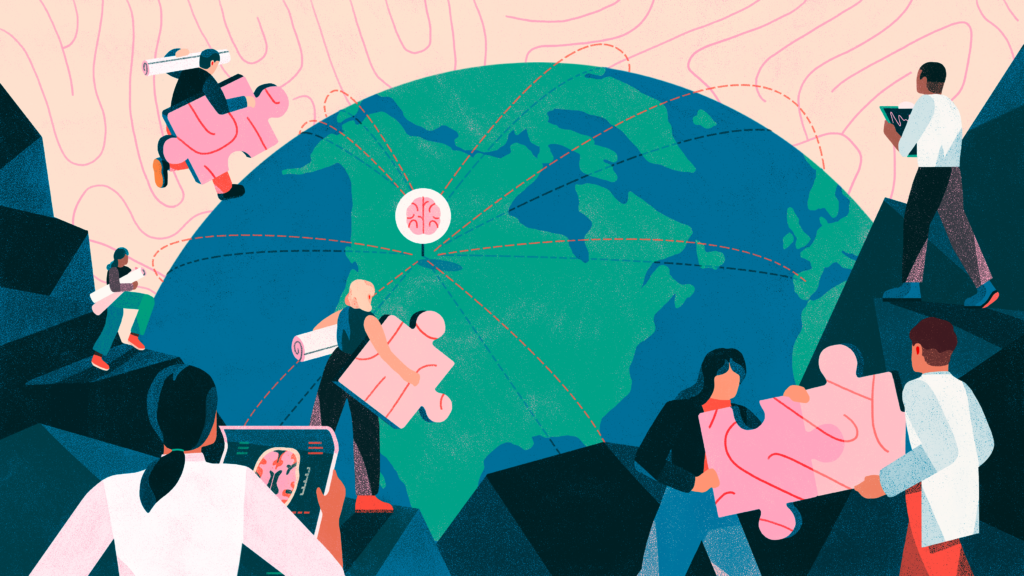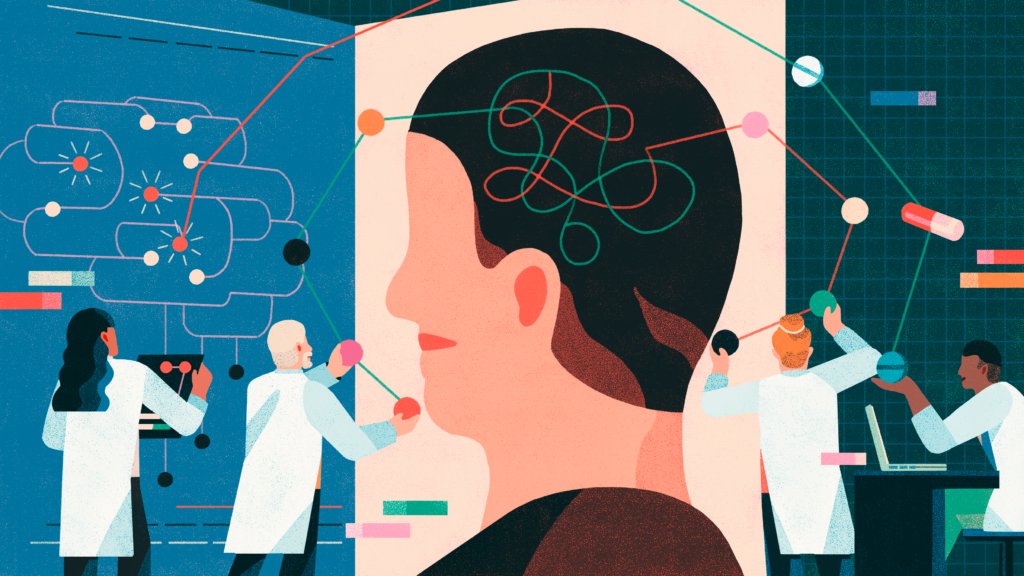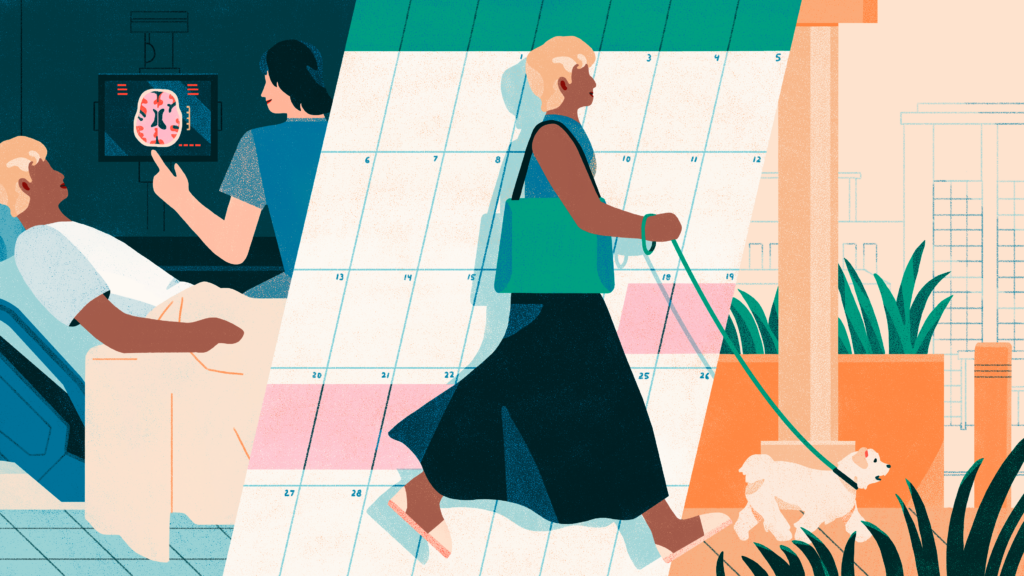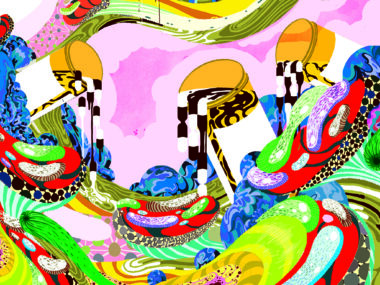Videography by Haley Martin
What began as a regular day of running errands for Don Snider ended with him in the hospital with a loss of feeling in the right side of his body from the neck down.
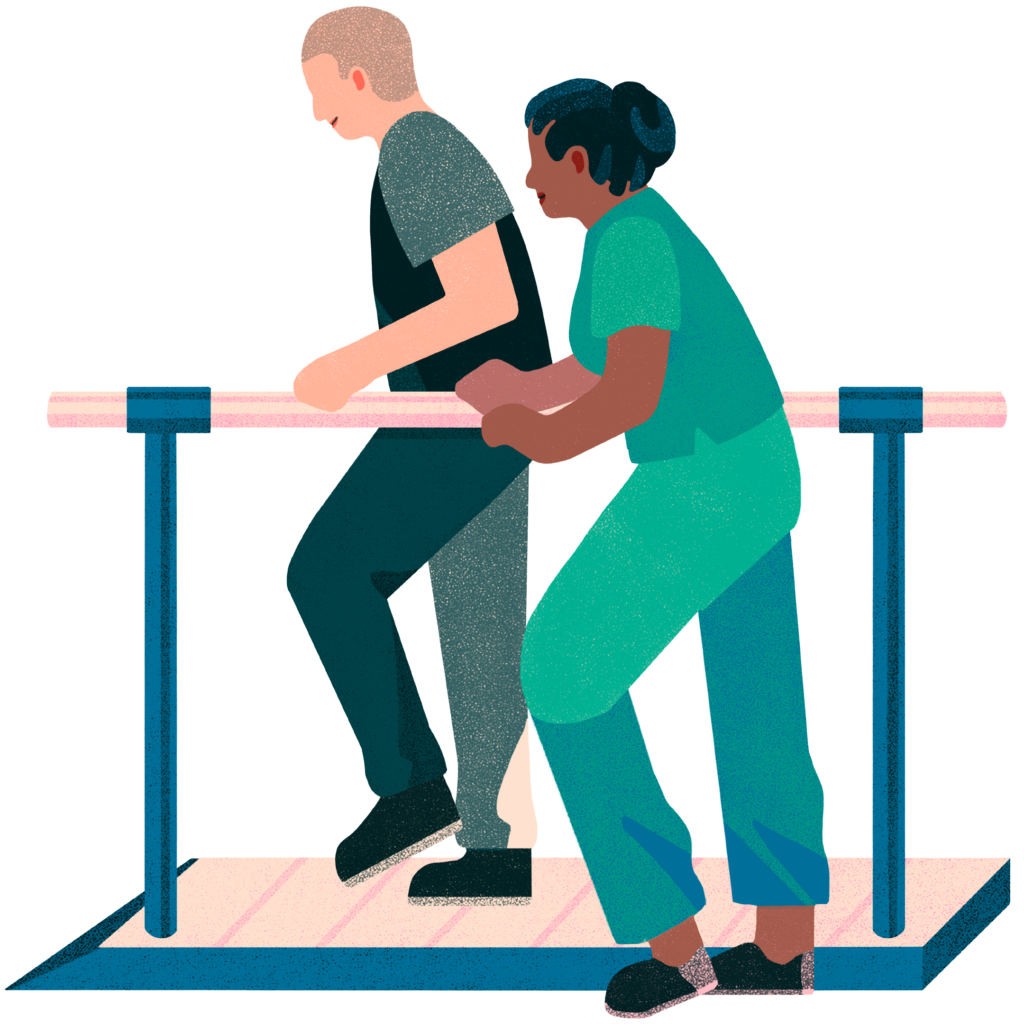
He compares his experience to what he imagines being swallowed up by quicksand feels like — gradual, but relentless — like an invisible force pulling you down, making you vulnerable and unable to move. Every year, there are 15 million strokes experienced around the world and both stroke and rehabilitation look different for each person. Dr. Sean Dukelow, MD, PhD, a professor in UCalgary’s Department of Clinical Neuroscience, is leading the CanStroke Recovery Trials, where the research being done across Canada is improving rehabilitation for people like Snider.
Learn More About Stroke
